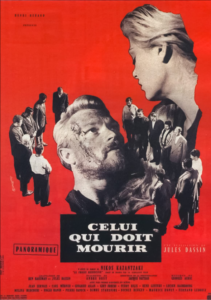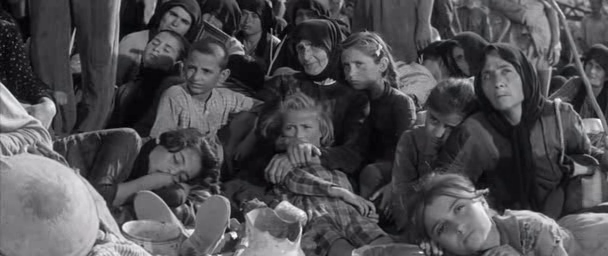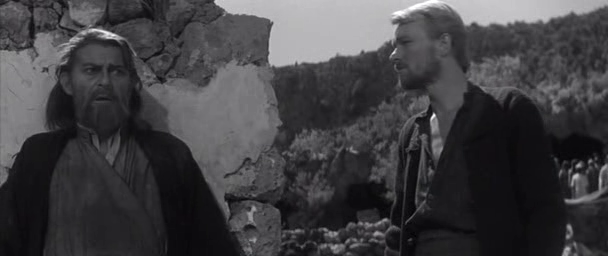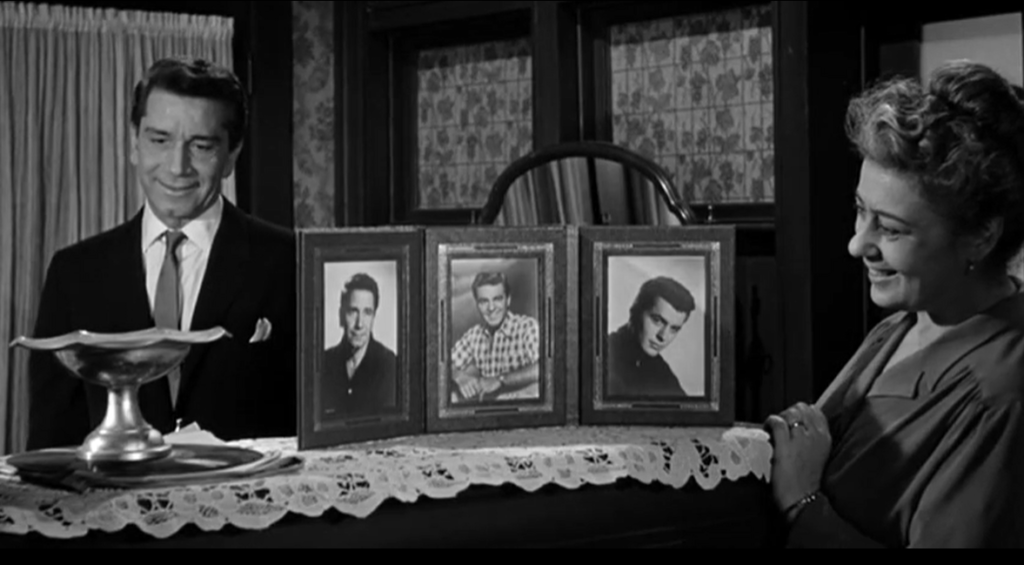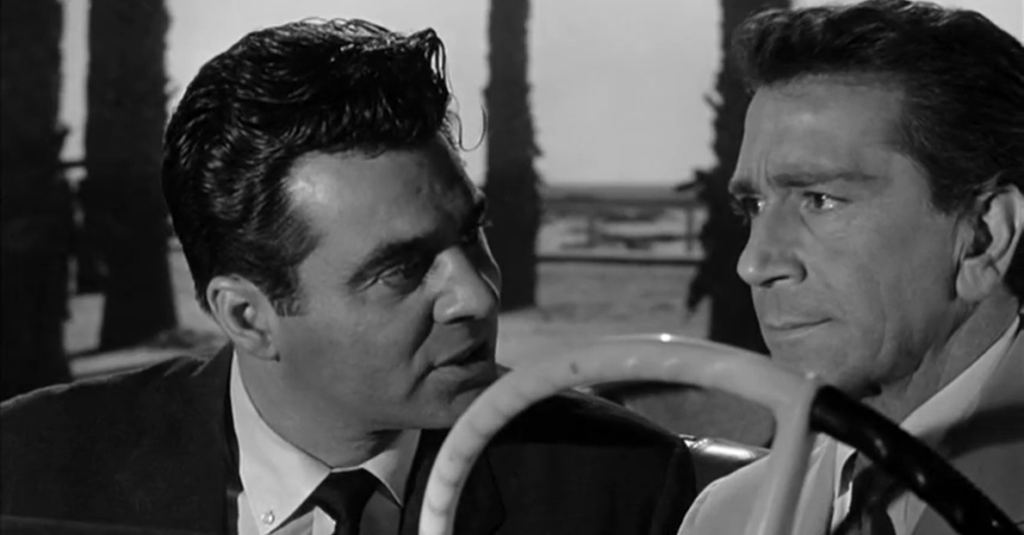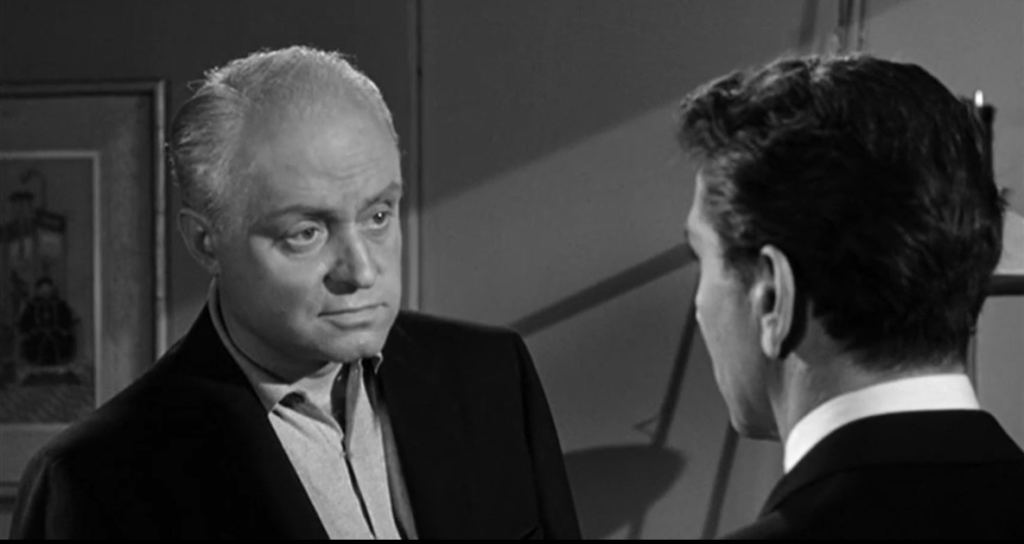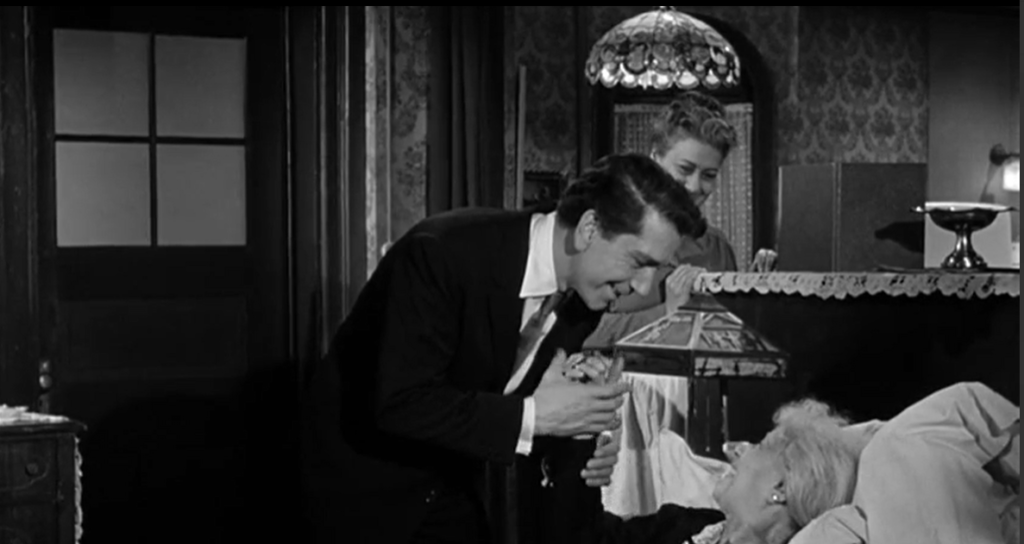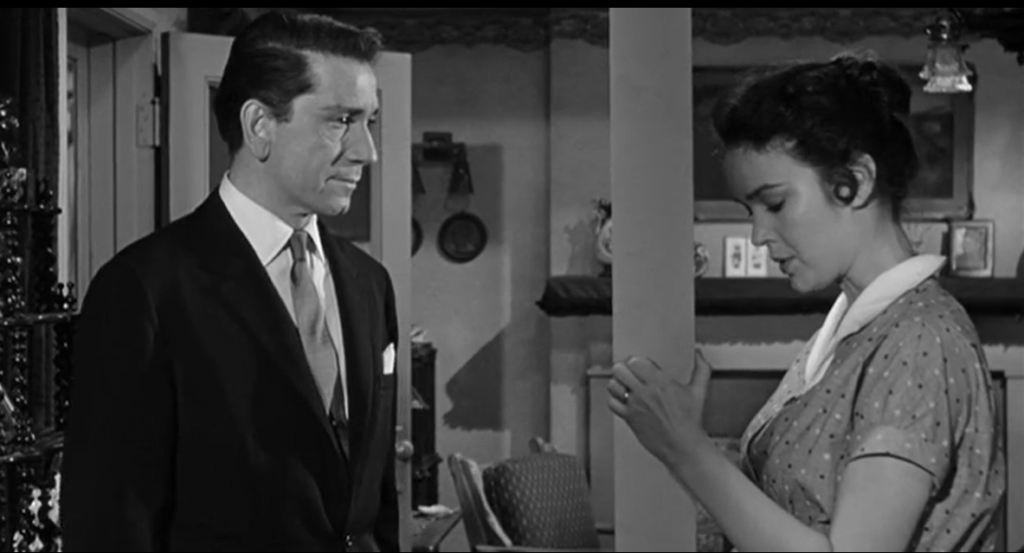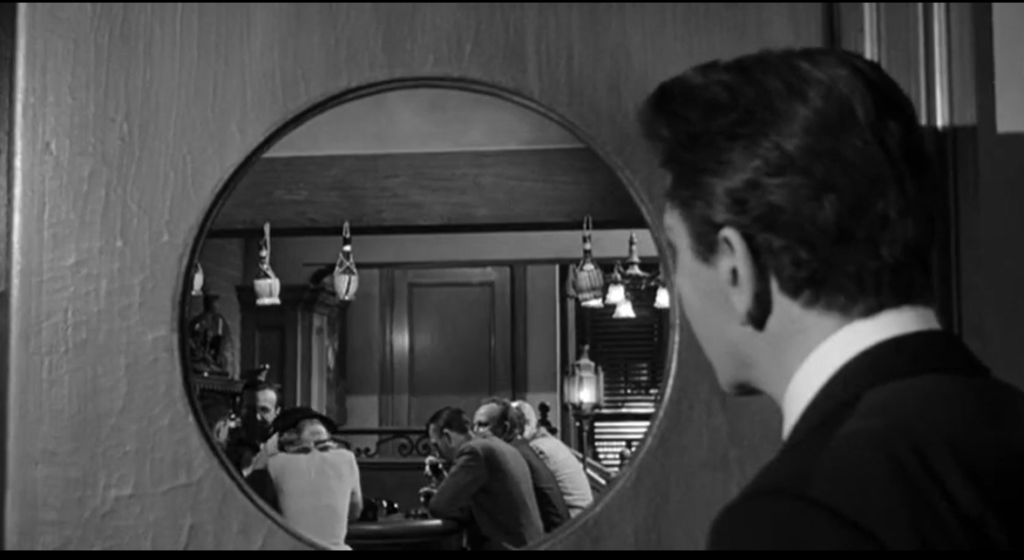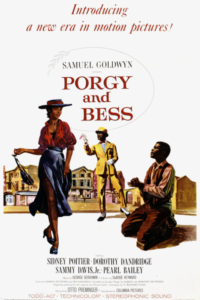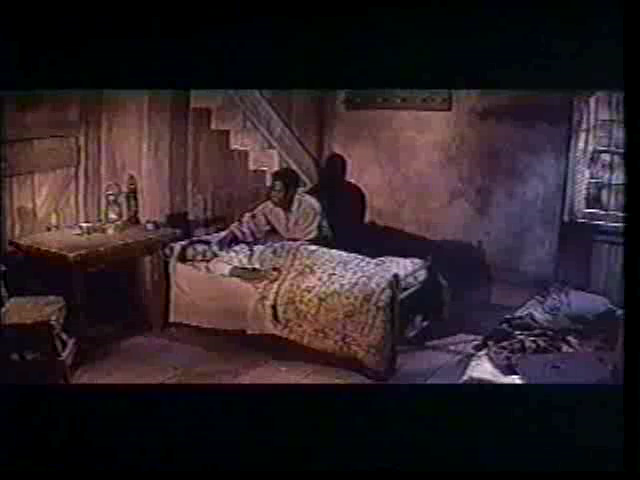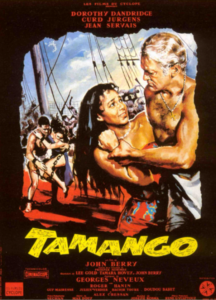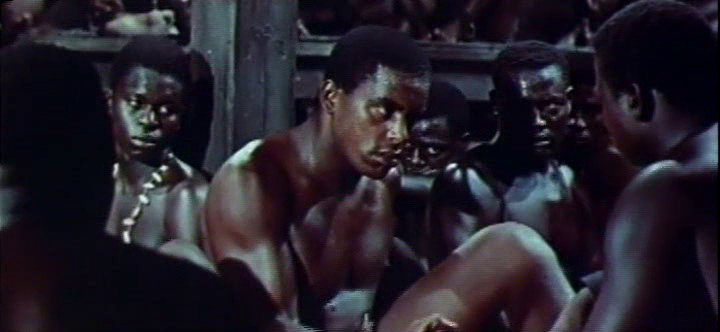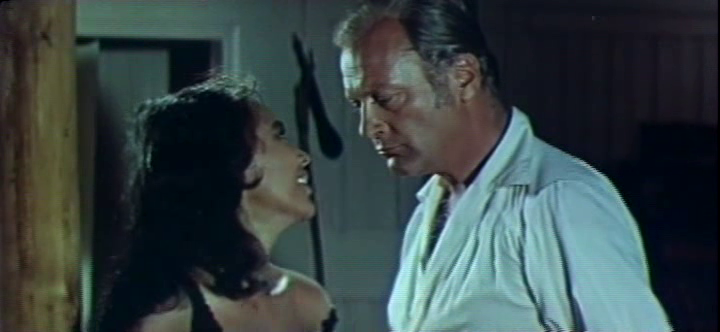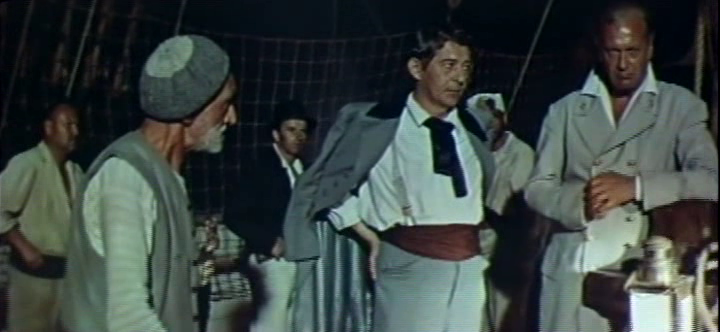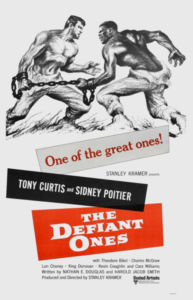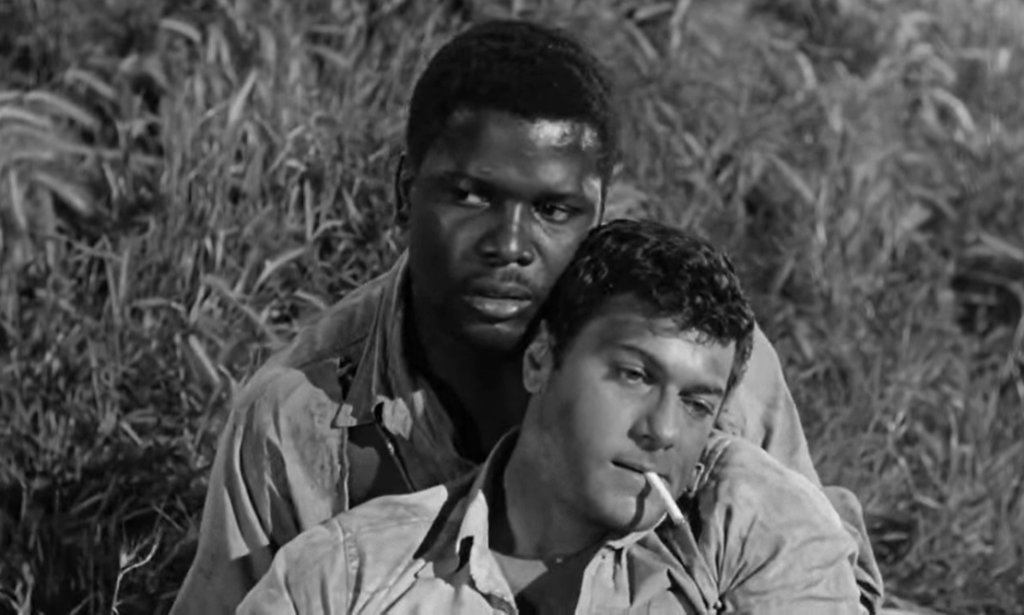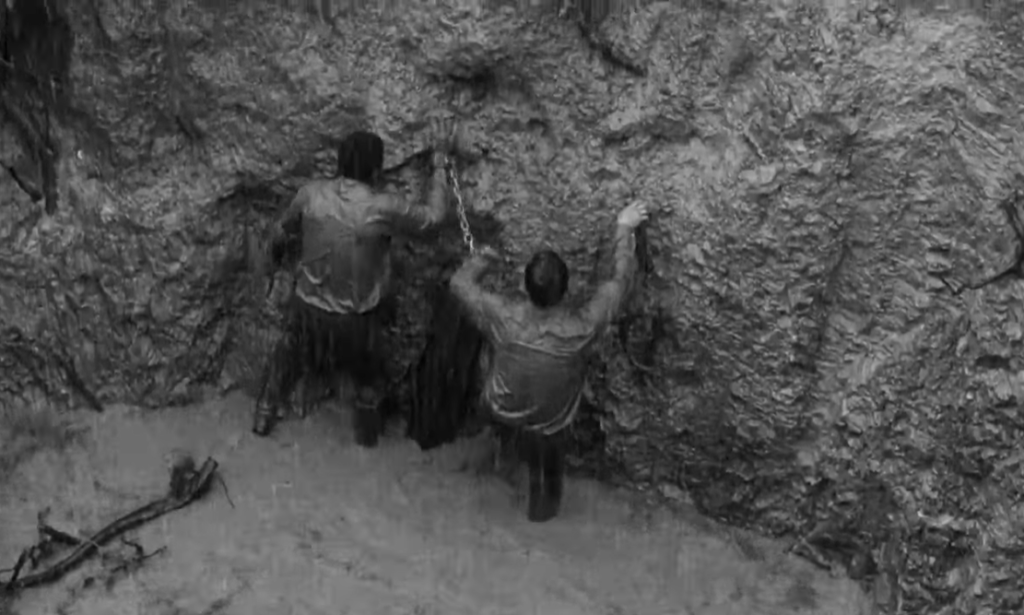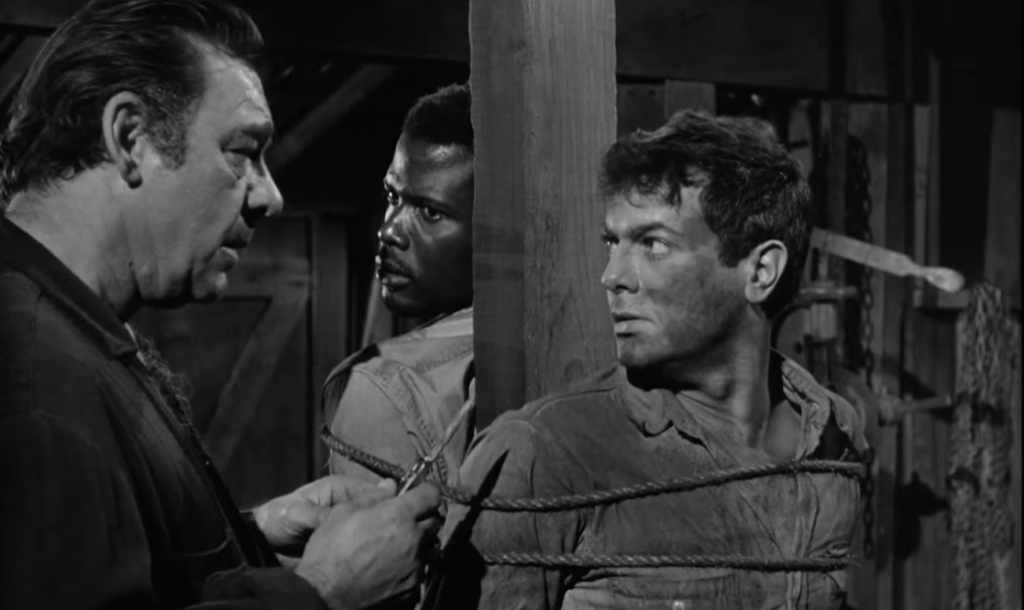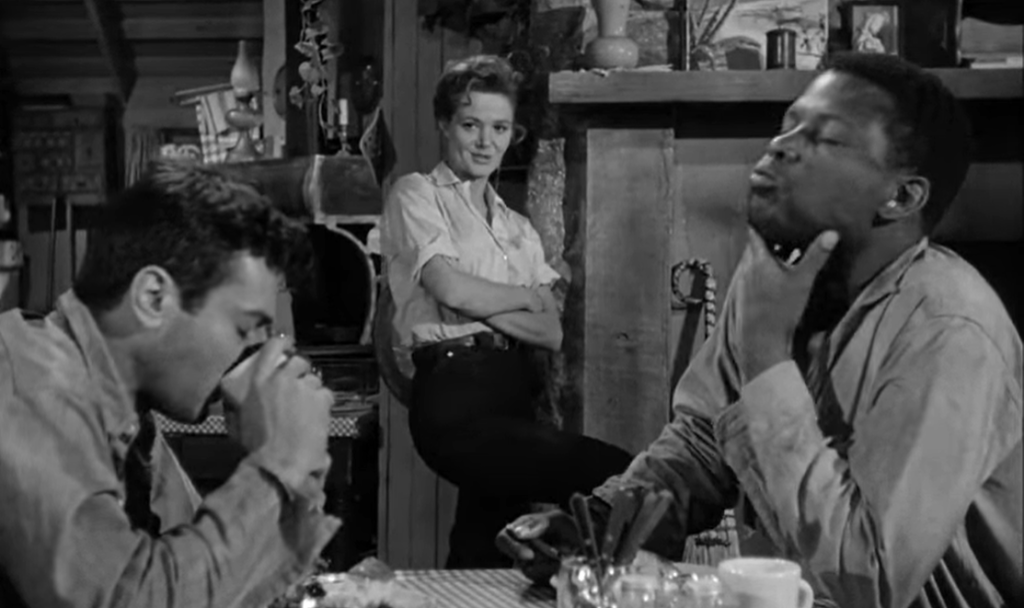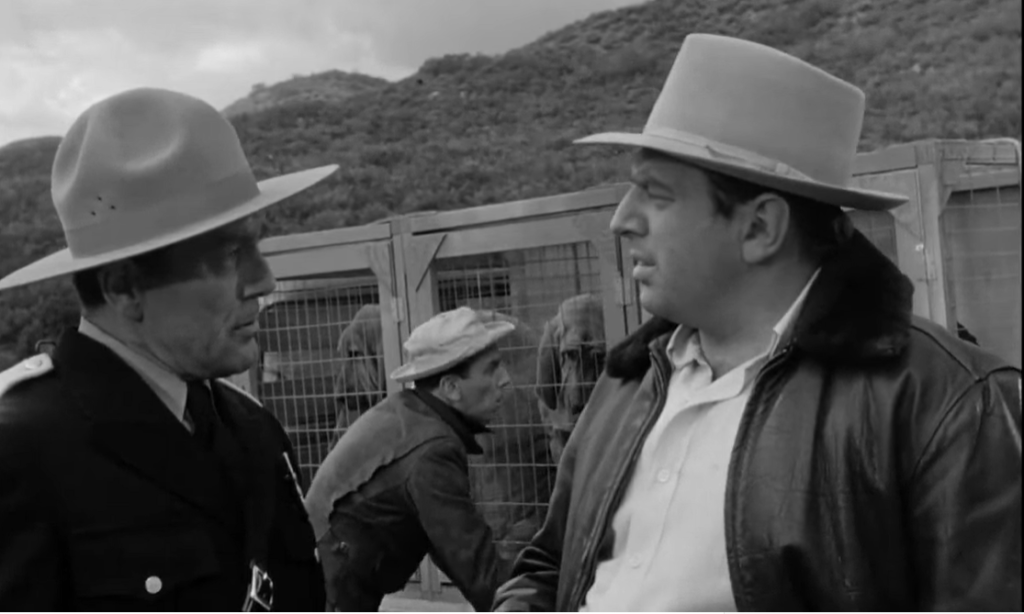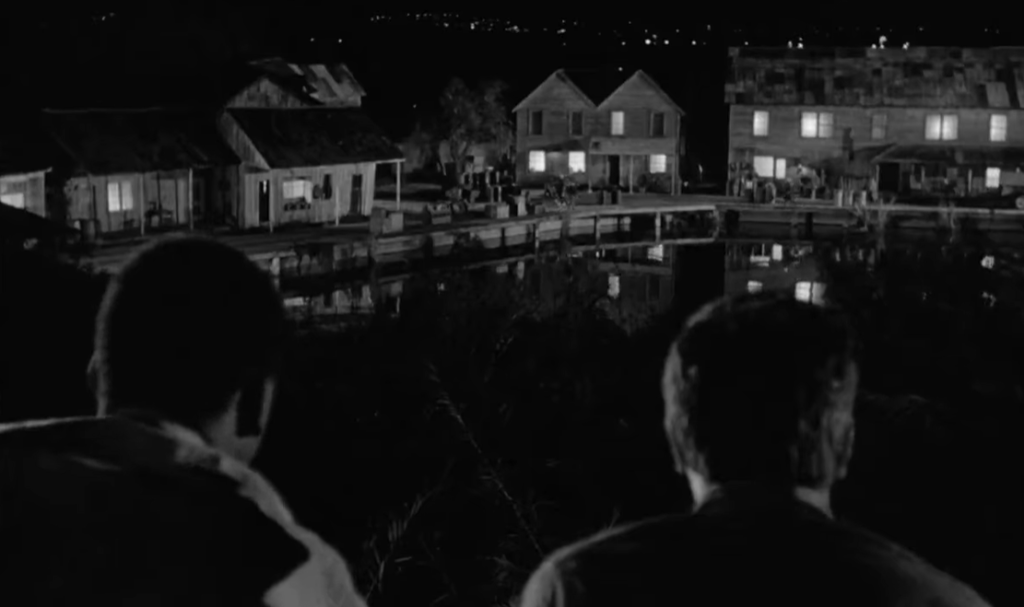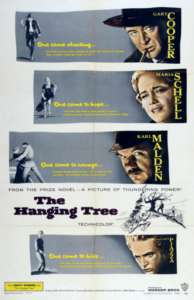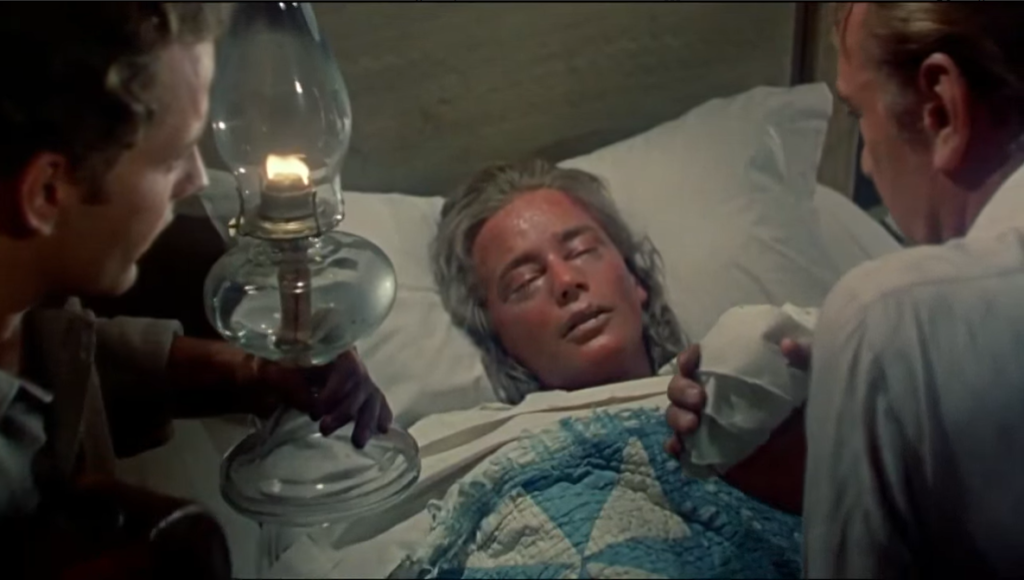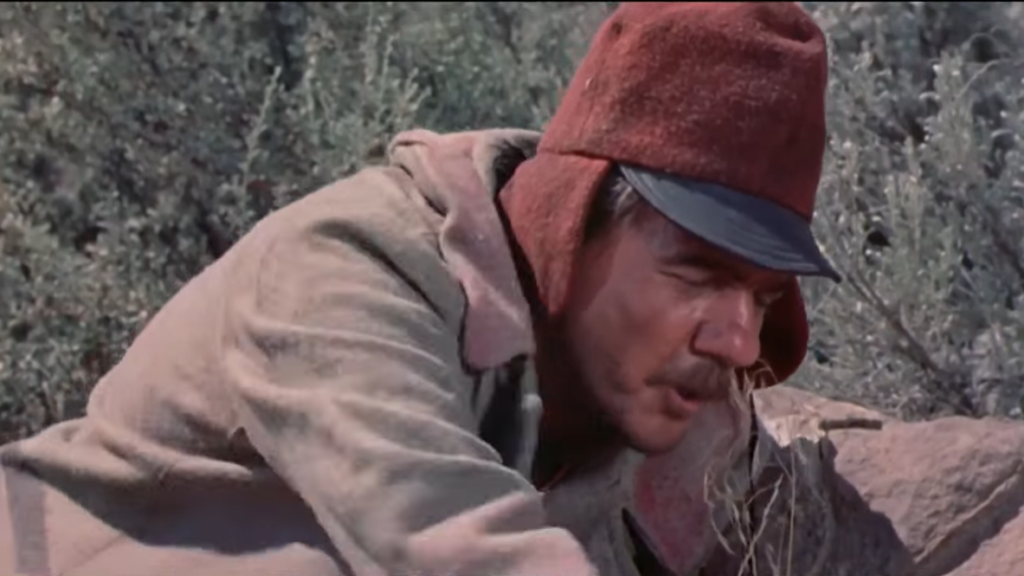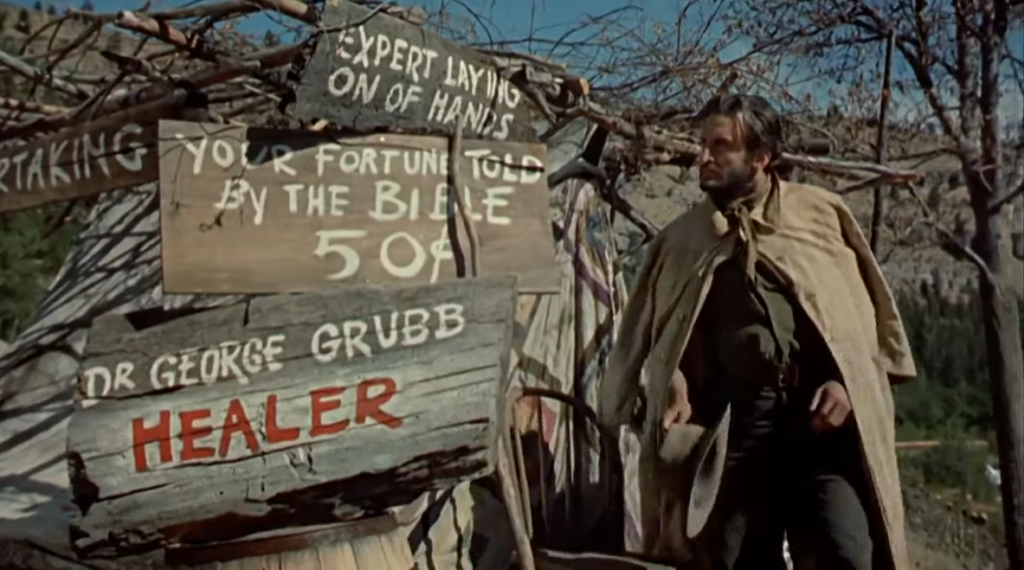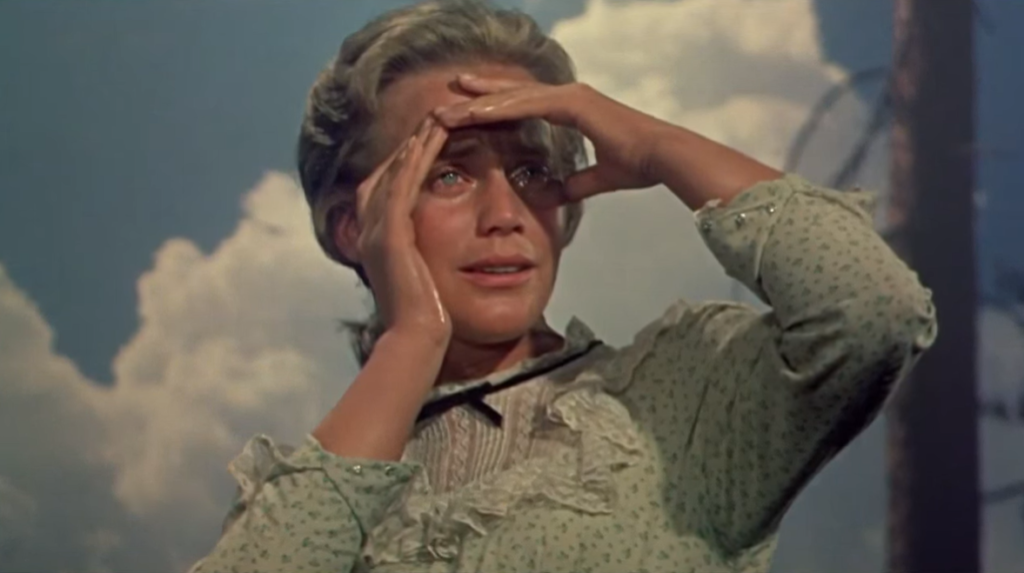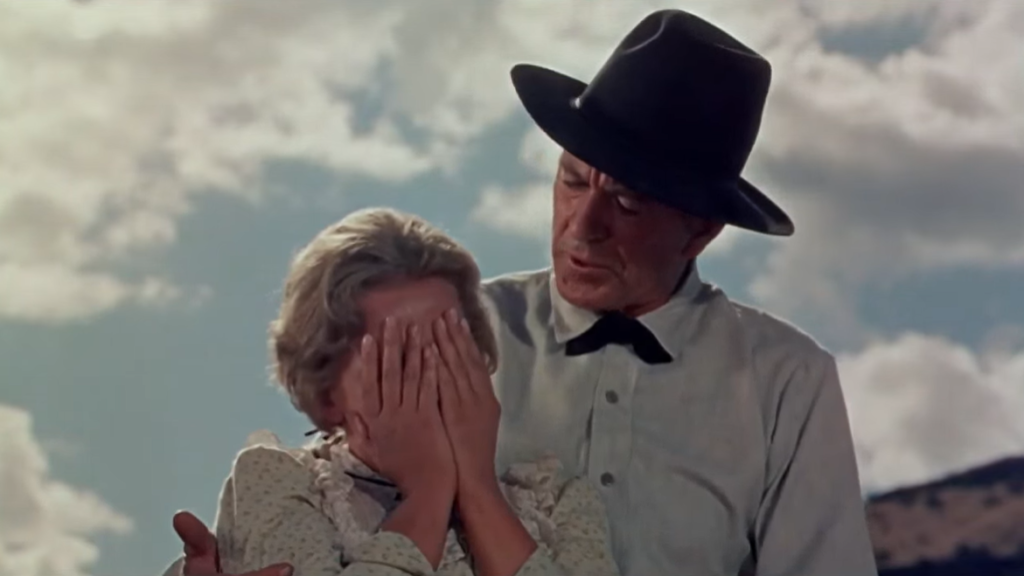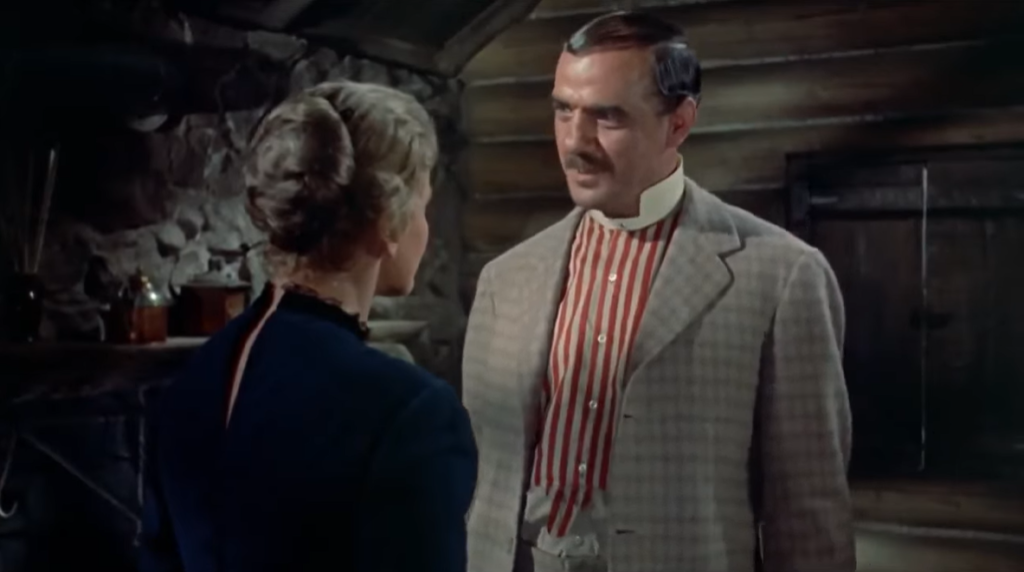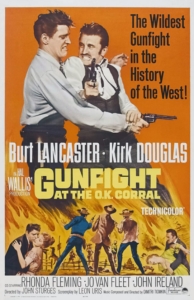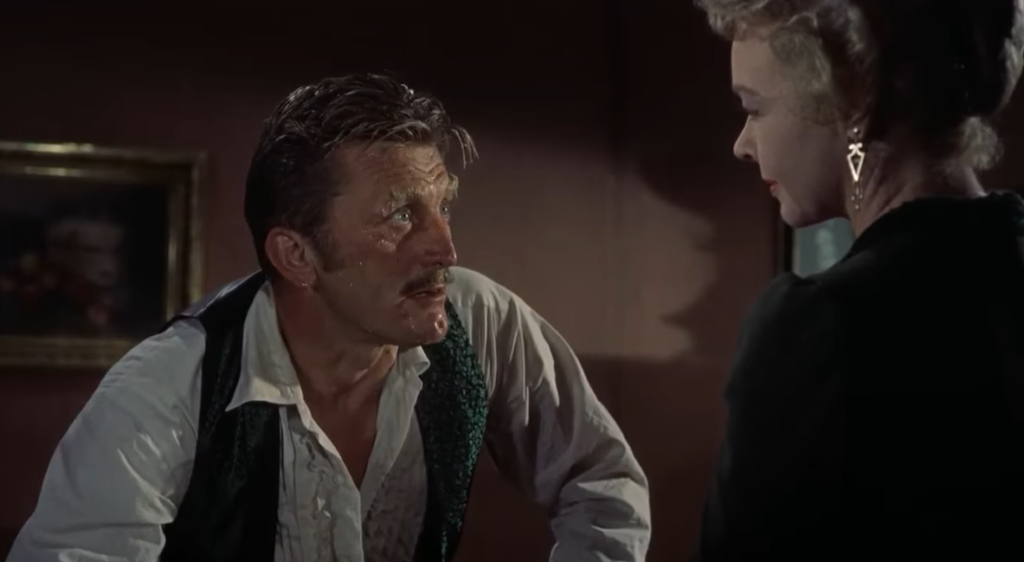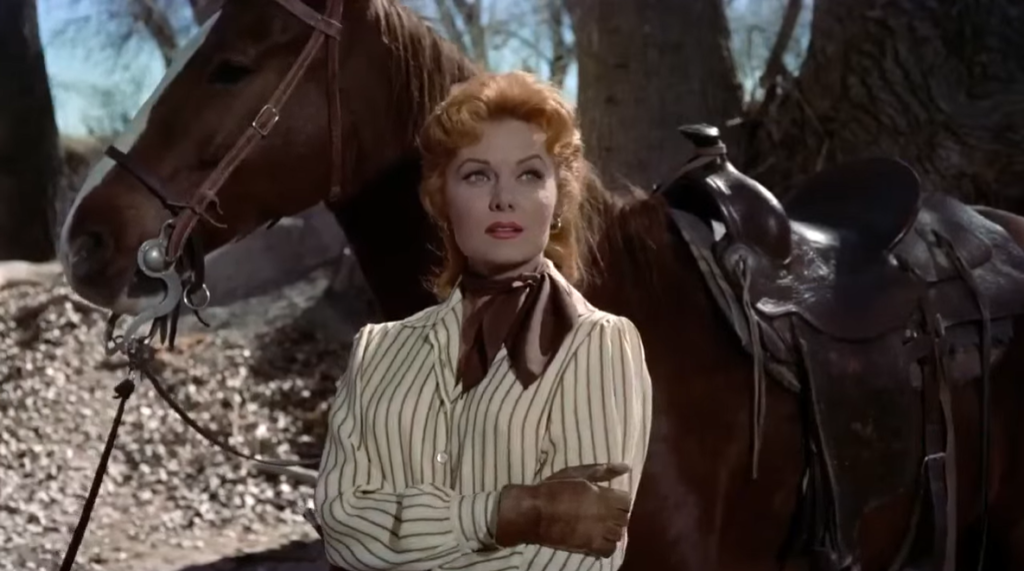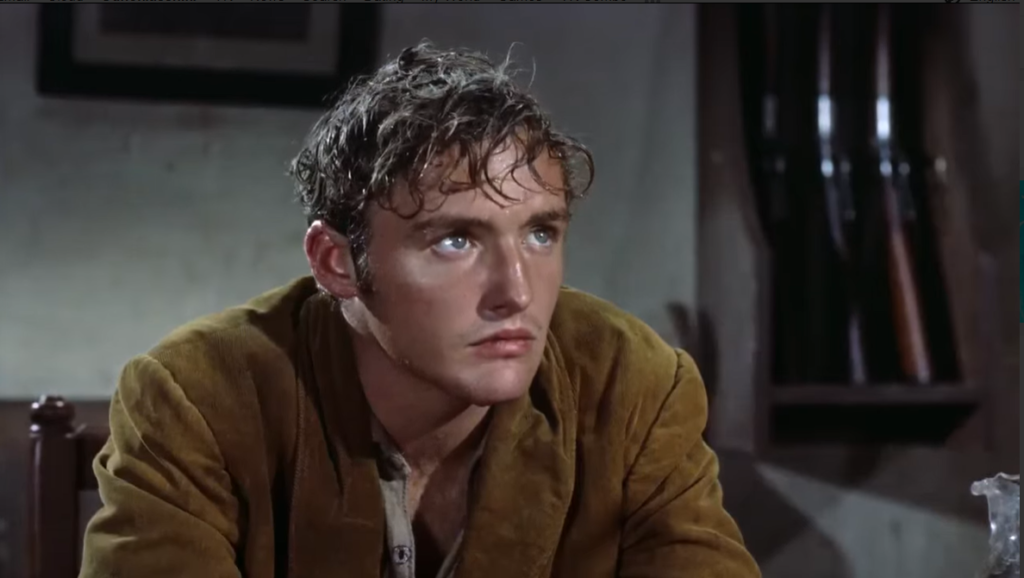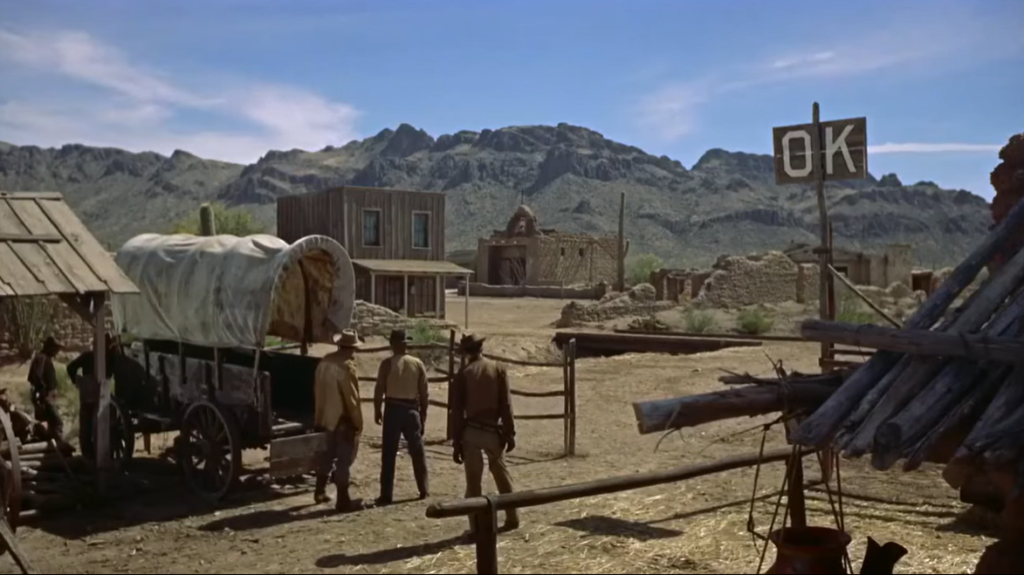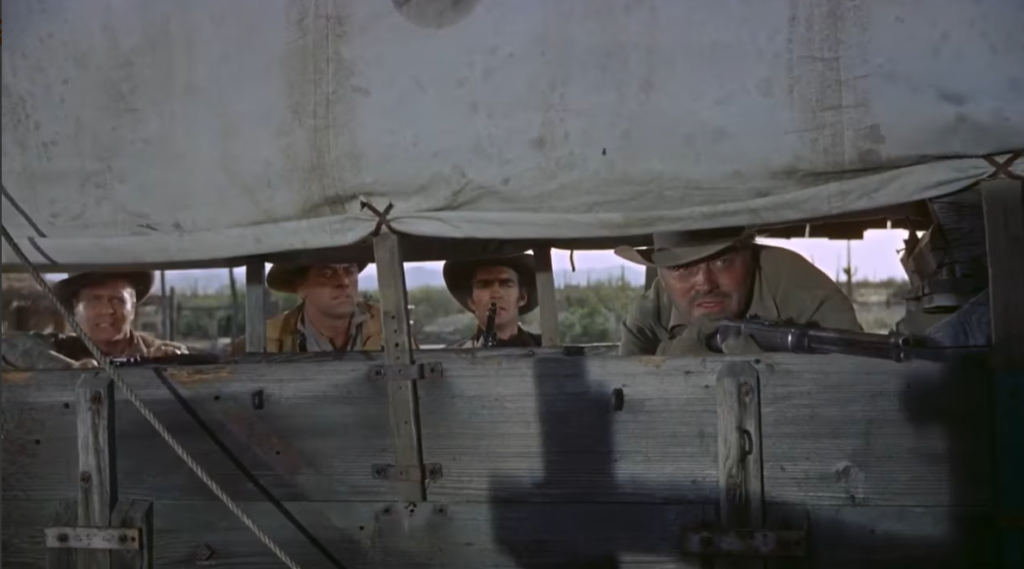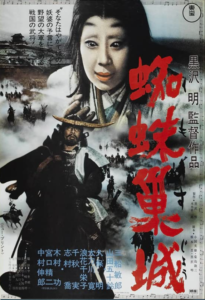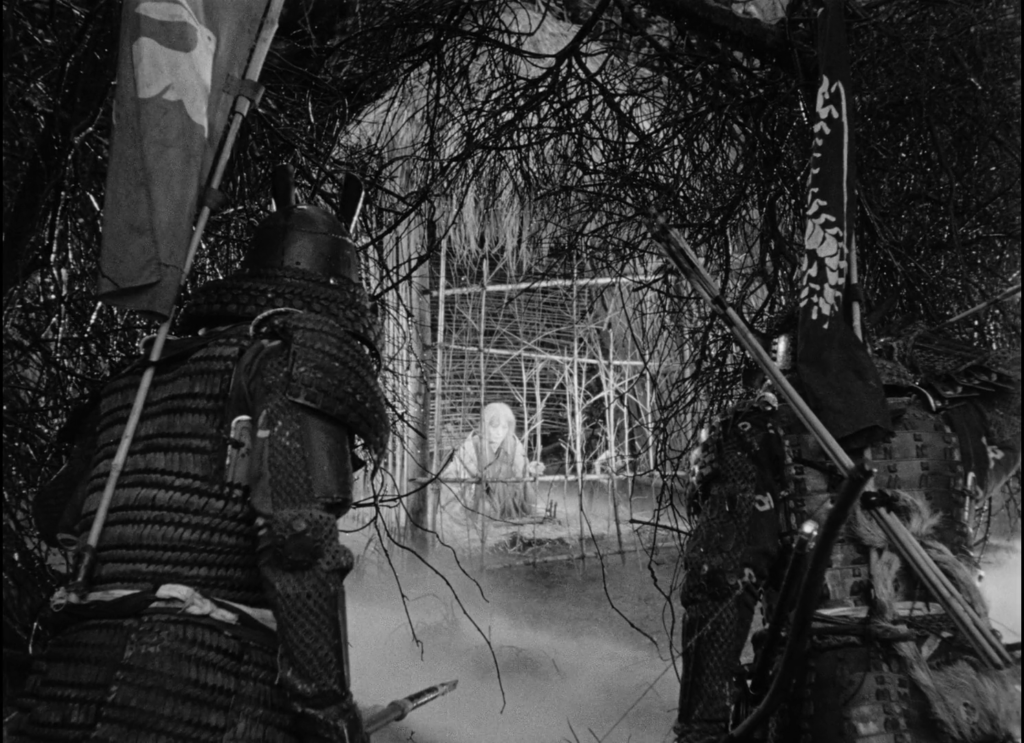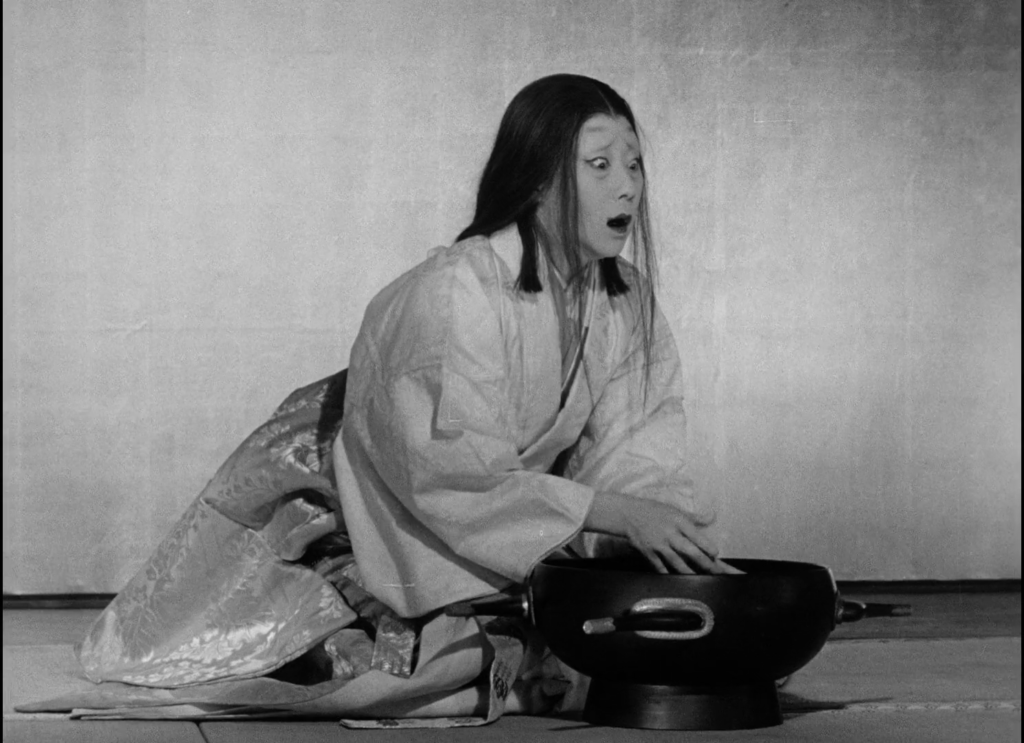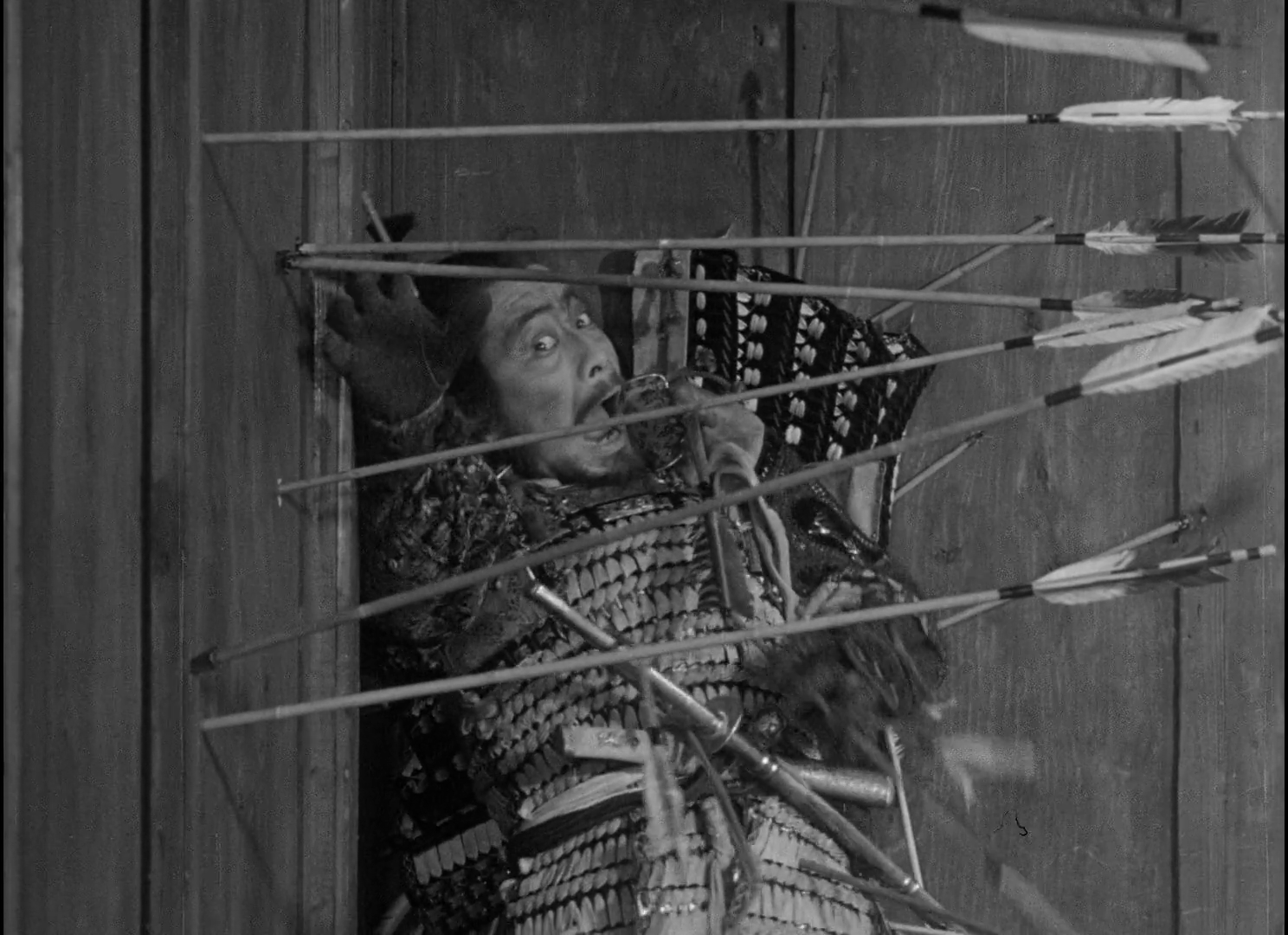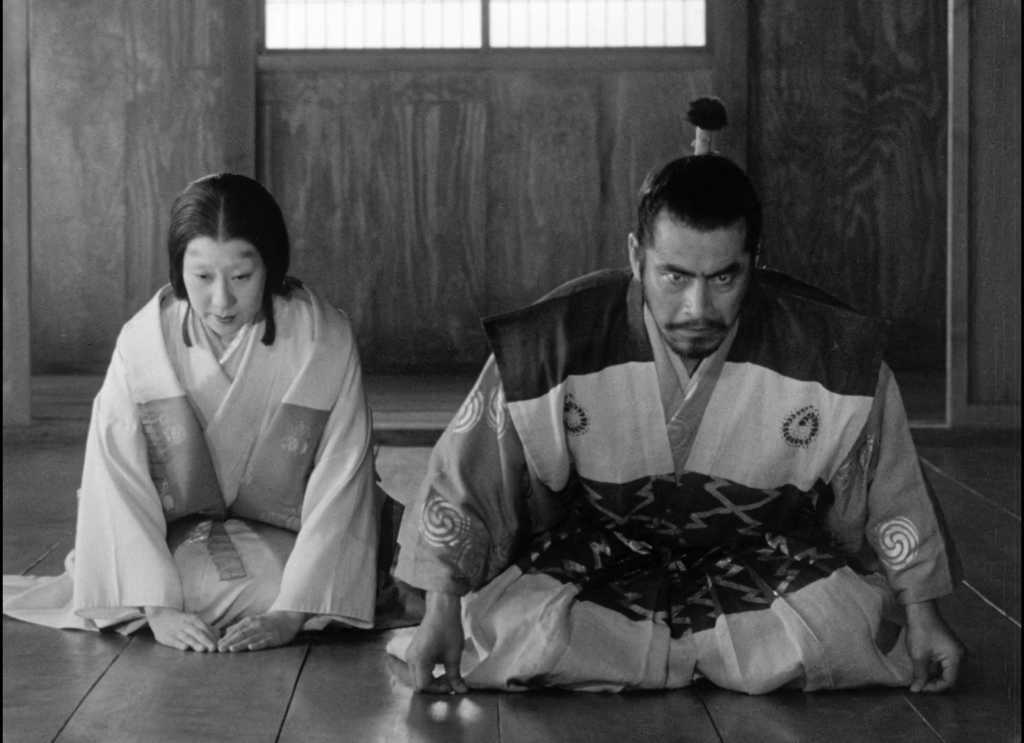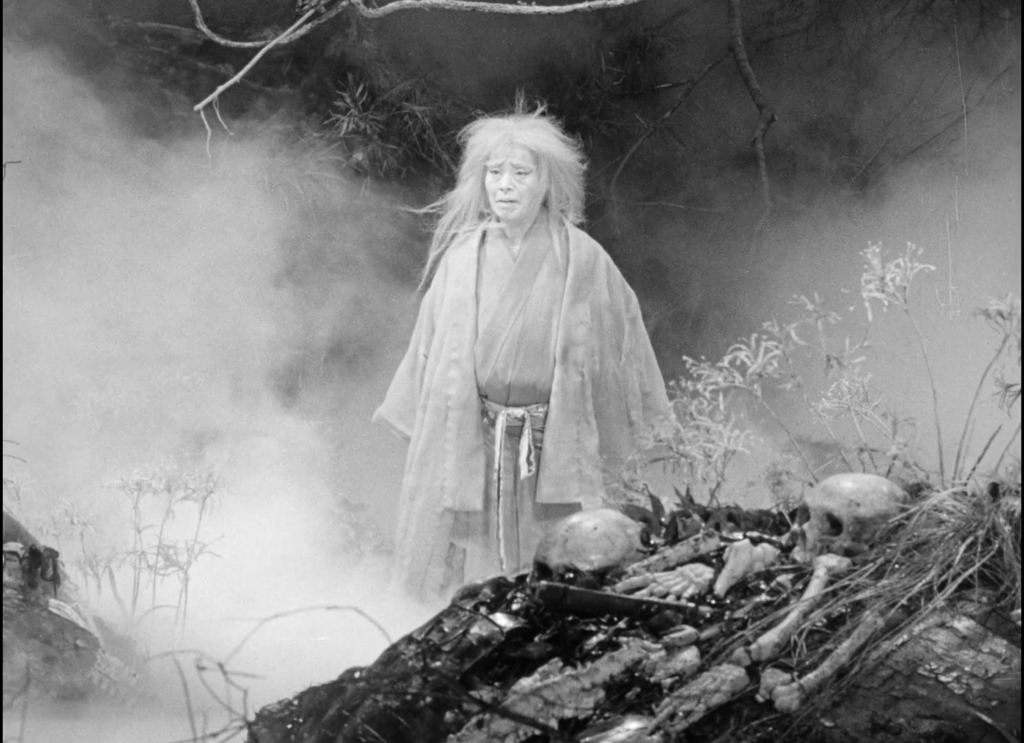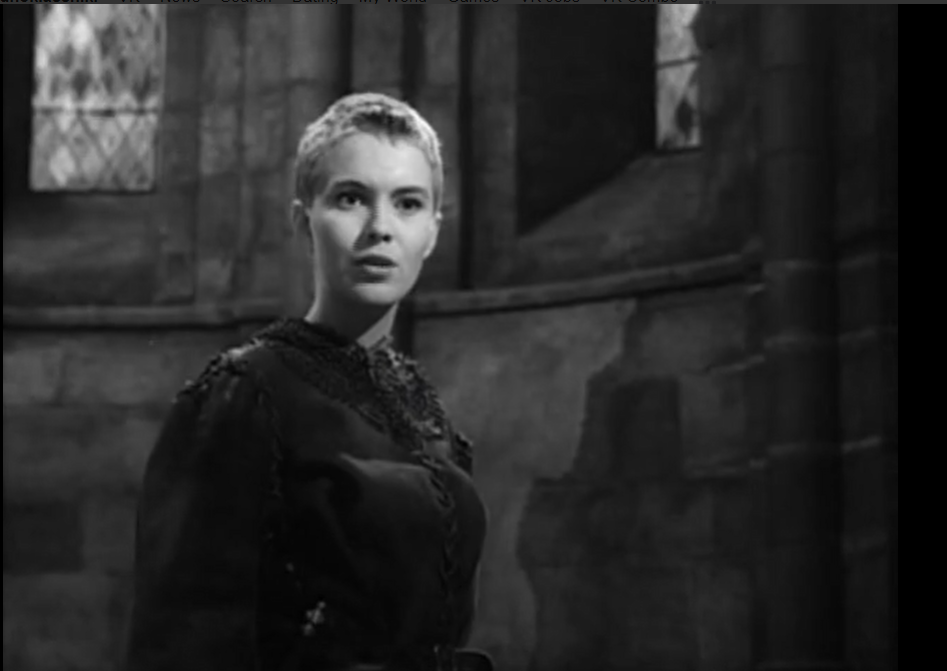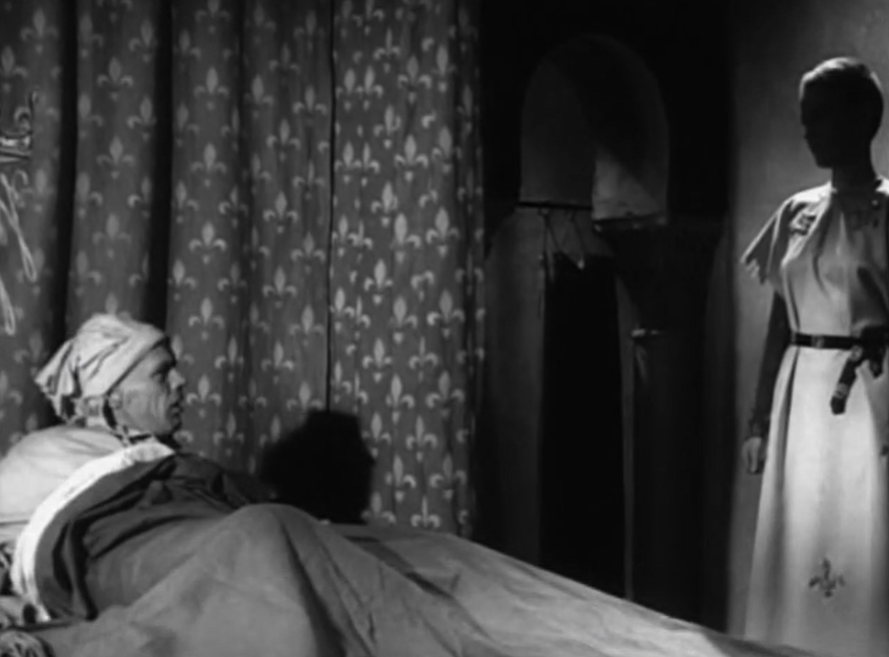|
Genres, Themes, Actors, and Directors:
- Historical Drama
- Ingmar Bergman Films
- Max von Sydow Films
- Rape
- Revenge
- Scandinavian Films
Review:
This adaptation of a 13th century Swedish ballad entitled “Per Tyrsson’s daughters in Vänge” — directed by Ingmar Bergman and scripted by Ulla Isaksson — won an Academy Award as Best Foreign Film of the Year. Isaksson was tasked with ensuring this story came across as more historically accurate than Bergman’s The Seventh Seal (1957), and the result is that we feel we’ve been deposited into an entirely different world (albeit one crafted for the screen).
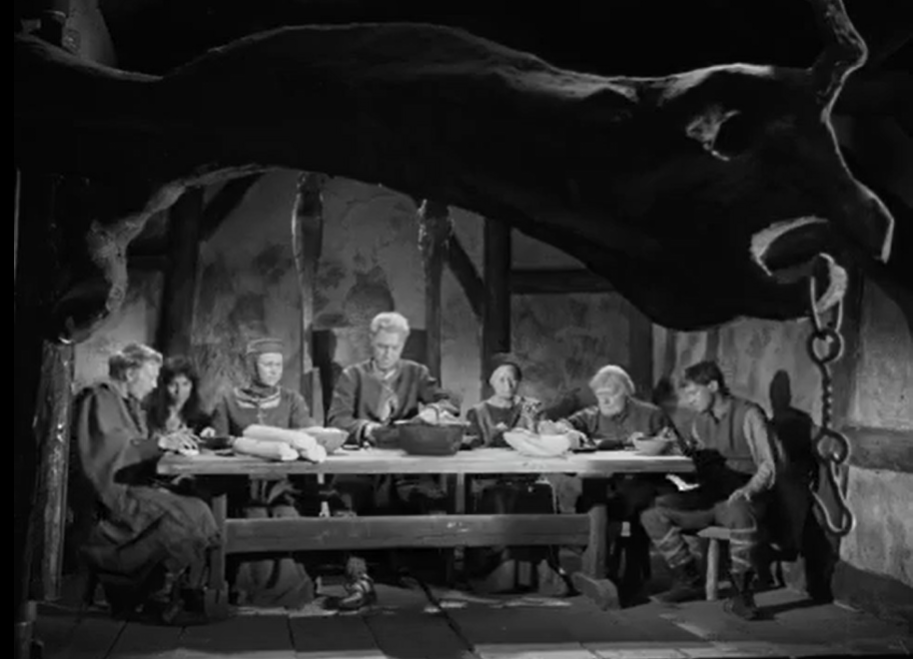
The storyline is a dark tale of violence, revenge, and religion, with a rape scene so graphic (for the time) that it was subject to censorship in the U.S. (For better or for worse, this film was purportedly the inspiration for Wes Craven’s The Last House on the Left.) As the movie opens, we’re introduced to a fearful pregnant girl (Lindblom) praying to Odin:
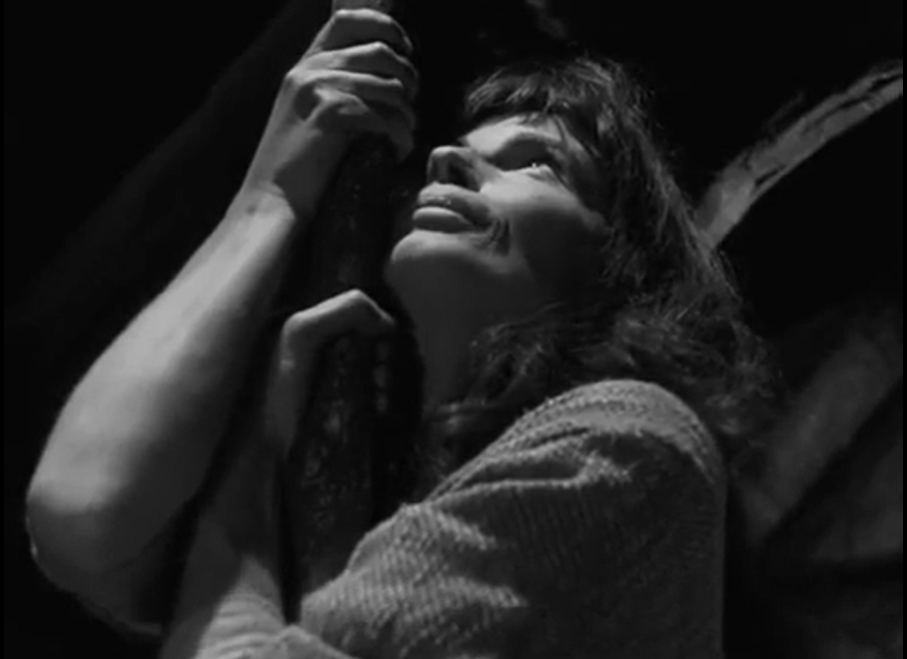
Lindblom’s “impure”, dark-haired Ingeri is posited as a clear contrast to the innocence of the spoiled young blonde mistress of the house, Karin (Pettersson), whose hyper-religious mother (Valberg) can’t resist giving into the whims of her daughter.
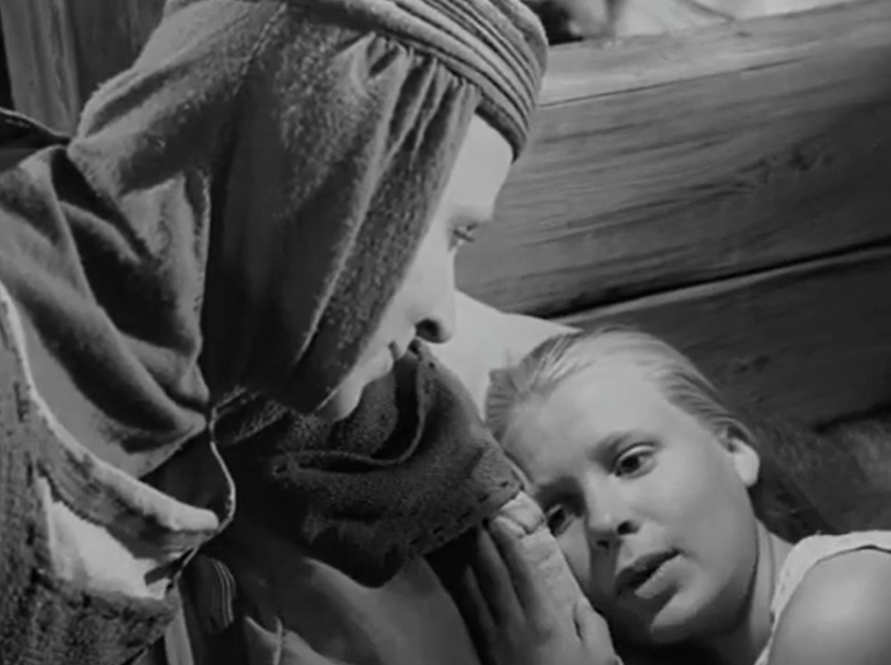
Bergman presents us with an idyllically pastoral vision of life before tragedy strikes, as Pettersson is sent out on a beautiful day for a horseback trip to the local church to bring candles, accompanied by Lindblom.

Her naive interactions and picnic with wily Düberg, mute Iseda, and their traumatized younger brother (Ove Porath) showcase her truly child-like innocence:
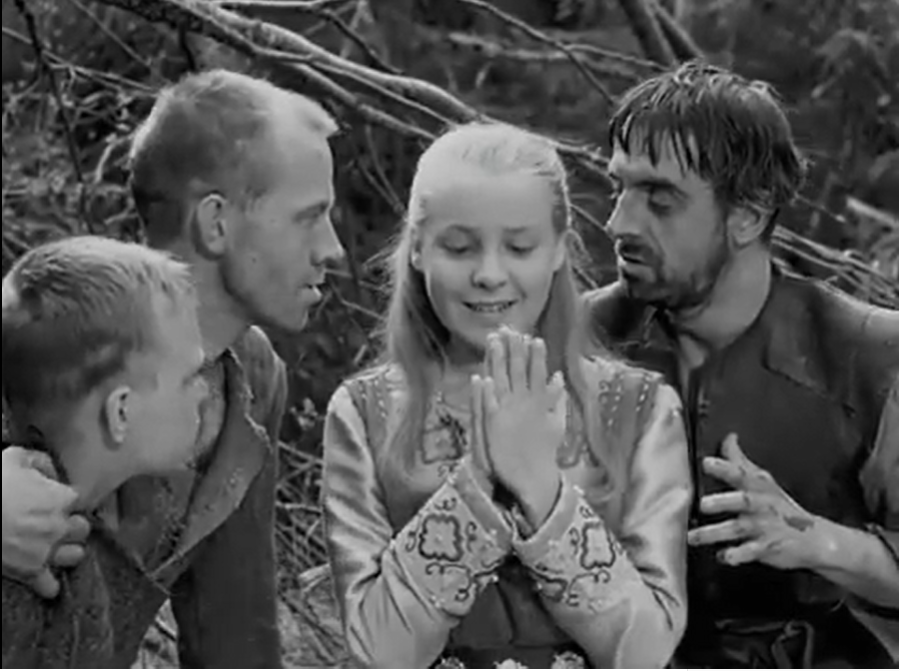
… before her fatal violation.
SPOILERS
The next phase of the story shifts to the three brothers visiting von Sydow and Valberg’s house, not knowing that the fancy clothing they stole off of Pettersson’s corpse and are trying to pawn for money instantly gives away their crime.

Von Sydow and Valberg’s shift to vengeance is swift and merciless — but it’s impossible to fault them, given what we’ve seen happening to their family.

The film’s closing sequence — in which a “miraculous” spring emerges from where Pettersson’s body lies (per the original ballad) — brings us full circle to some kind of earthly yet spiritual closure. While this brutal film is not for the faint of heart, it’s beautifully shot and will likely linger in your memory.
Notable Performances, Qualities, and Moments:
- Highly atmospheric cinematography
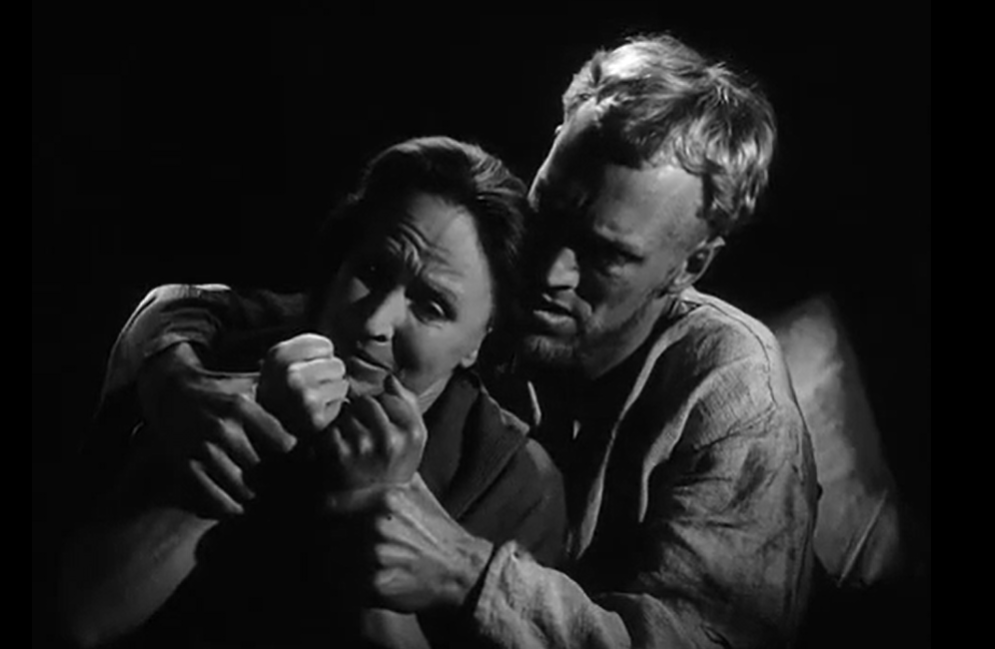
Must See?
Yes, as an early masterpiece by Bergman. Listed as a film with Historical Importance in the back of Peary’s book.
Categories
- Foreign Gem
- Important Director
- Oscar Winner or Nominee
Links:
|
